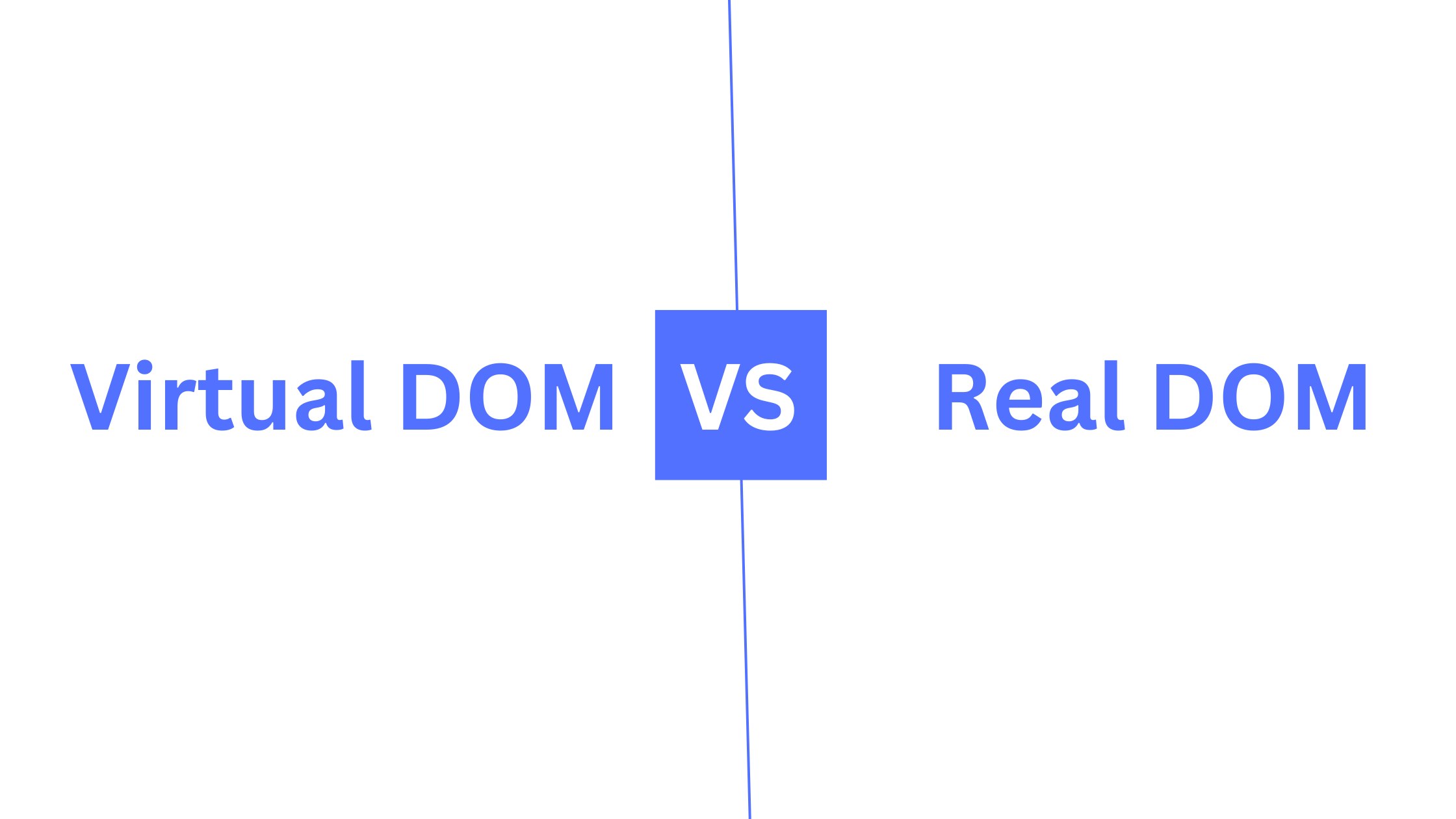Difference between virtual and real DOM
 Sawan Kumar Jha
Sawan Kumar Jha
The virtual DOM and the real DOM are both representations of a web page's structure and content, but they are used for different purposes.
The real DOM is the actual structure of a web page as it exists in the browser's memory. It is a tree-like structure of HTML elements, each with its attributes and contents. The real DOM is what the browser uses to render the web page, and it is the object that JavaScript interacts with to manipulate the web page's contents and behavior.
On the other hand, the virtual DOM is a concept used by some JavaScript libraries and frameworks, such as React, to optimize the process of updating the real DOM. It is a lightweight copy of the real DOM that is stored in memory and can be modified without affecting the real DOM or triggering expensive re-renders of the entire page. When changes are made to the virtual DOM, it is compared with the real DOM, and only the differences are updated in the real DOM. This process is called "reconciliation," and it can significantly improve the performance of web applications.
In summary, the real DOM is the actual web page structure in the browser's memory, and the virtual DOM is a lightweight copy of the real DOM that is used to optimize the process of updating the web page's contents and behavior.
Subscribe to my newsletter
Read articles from Sawan Kumar Jha directly inside your inbox. Subscribe to the newsletter, and don't miss out.
Written by

Sawan Kumar Jha
Sawan Kumar Jha
Hi there, this is Sawan Kumar Jha a Tech Enthusiastic